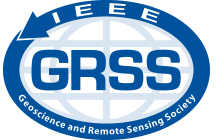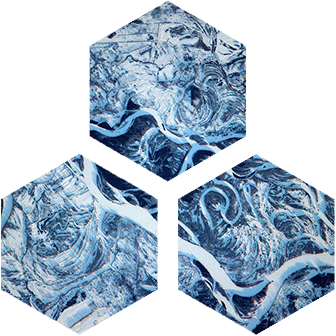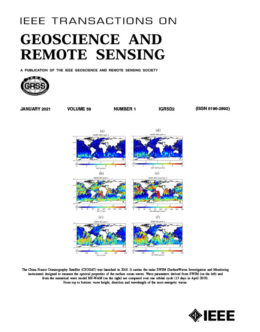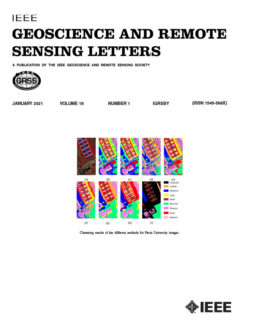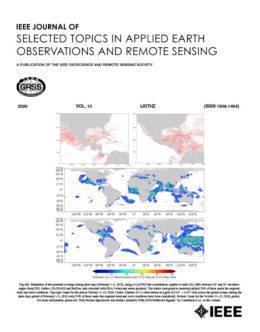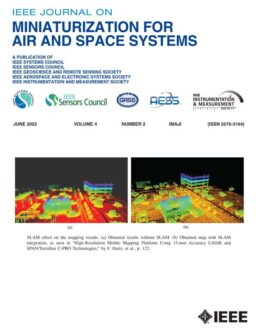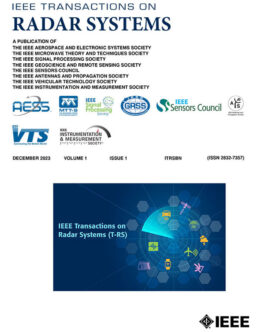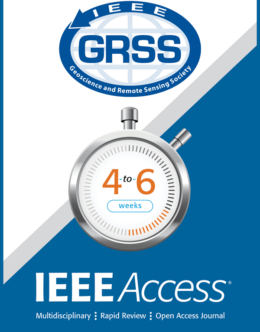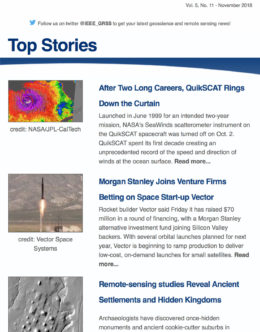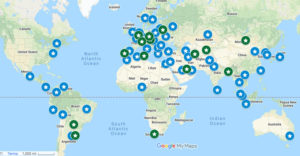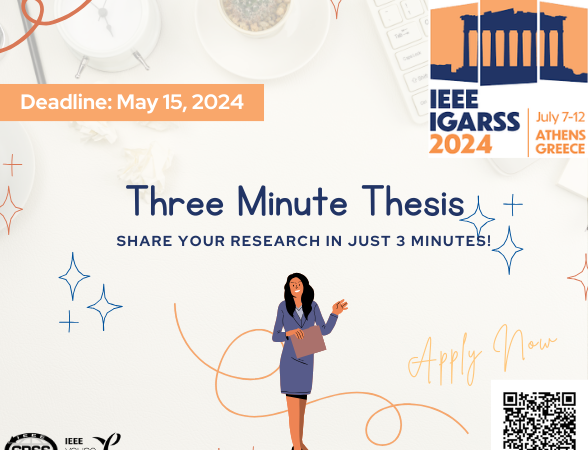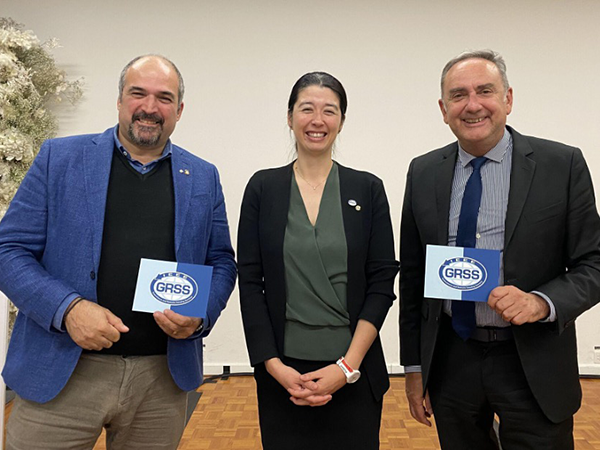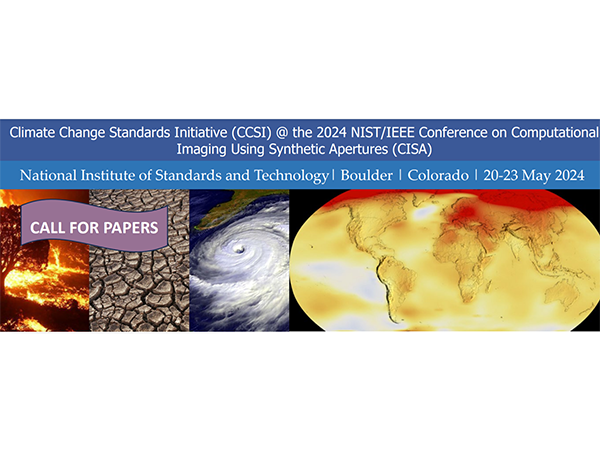Mission
The Geoscience and Remote Sensing Society has established a number of Technical Committees to actively promote discussion and advances in areas of member technical interests. Activities of the Technical Committees include networking within the scientific topic, organization of thematic workshops, education of young professionals, organization of special sessions at IGARSS along with hosting committee meetings open to all IGARSS participants.
Read the TC Operational Manual for a detailed description of the GRSS Technical Committees. The manual serves as a guide to help understand the processes and procedures of the Technical Committees within the Geoscience and Remote Sensing Society. Feel free to peruse the latest V16.
GRSS Technical Committees
The following list provides the current technical committees, a brief statement of interest, and their main mission. Click on the icons for more information!
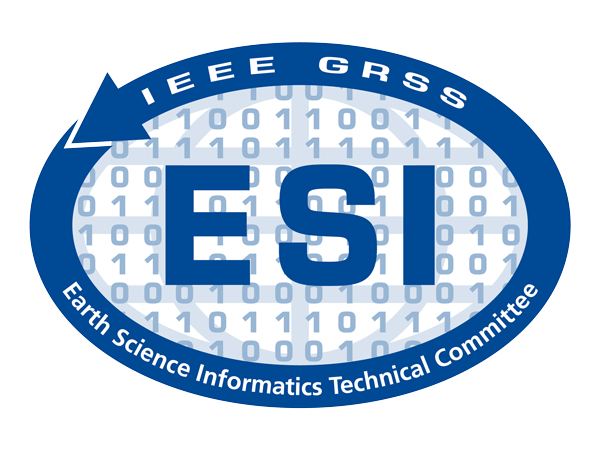
Earth Science Informatics
The Earth Science Informatics Technical Committee (ESI TC) provides a venue for informatics professionals to exchange ideas and share knowledge. It aims at advancing application of informatics to geosciences and remote sensing, assessing technology to support data stewardship and management, and promoting best practices and lessons learned.
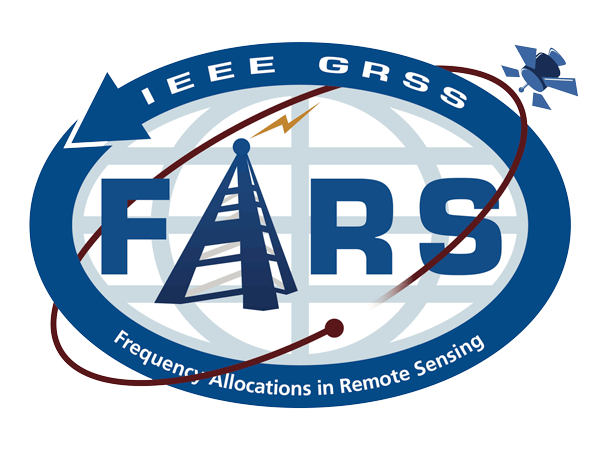

Frequency Allocations in Remote Sensing
The Frequency allocations in Remote Sensing (FARS) Technical Committee goal is to interface between GRSS and the radio-frequency regulatory world, and keep track of spectrum allocation issues that impact the geoscience community.
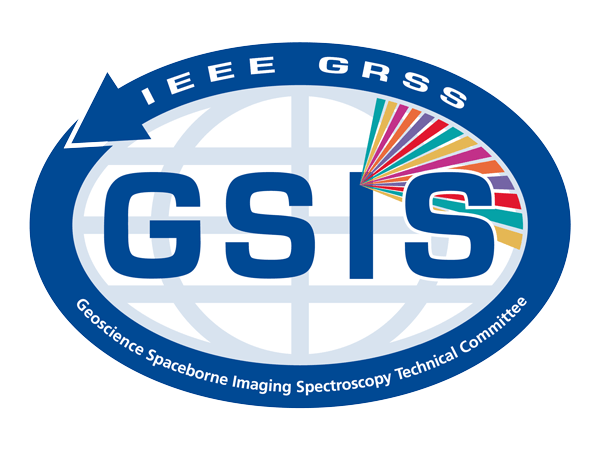

Geoscience Spaceborne Imaging Spectroscopy
The Geoscience Spaceborne Imaging Spectroscopy Technical Committee (GSIS TC) provides a community of practice for all stakeholders engaged in spaceborne imaging spectroscopy with an emphasis on geoscientific applications.
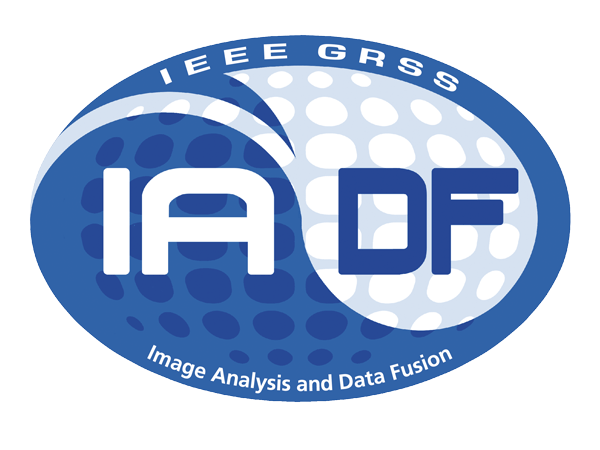

Image Analysis and Data Fusion
The Image Analysis and Data Fusion Technical Committee (IADF TC) of the Geoscience and Remote Sensing Society serves as a global, multi-disciplinary, network for geospatial image analysis and data fusion.
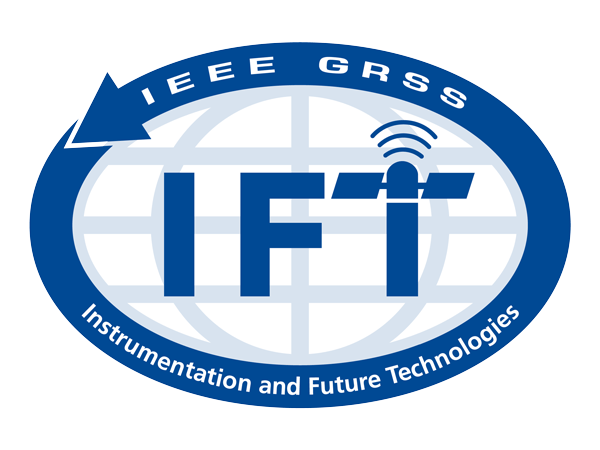

Instrumentation and Future Technologies
The Instrumentation and Future Technologies (IFT) Technical Committee of the Geoscience and Remote Sensing Society serves as a global, multi-disciplinary, network to foster international cooperation in advancing the state-of-the-art in geoscience remote sensing instrumentation and technologies.
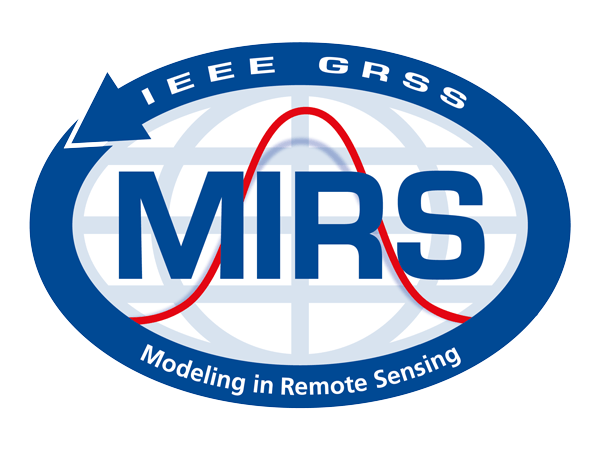

Modeling in Remote Sensing
The mission of the Modeling in Remote Sensing Technical Committee (MIRS TC) is to serve as a technical and professional forum for advancing the science of predicting remotely sensed observations from first-principles theory.
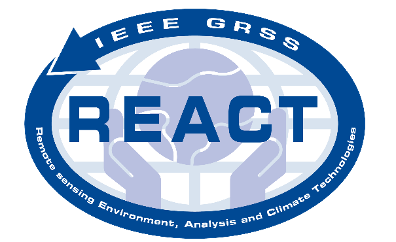

Remote sensing Environment, Analysis and Climate Technologies
The mission of the Modeling in Remote Sensing Technical Committee (MIRS TC) is to serve as a technical and professional forum for advancing the science of predicting remotely sensed observations from first-principles theory.
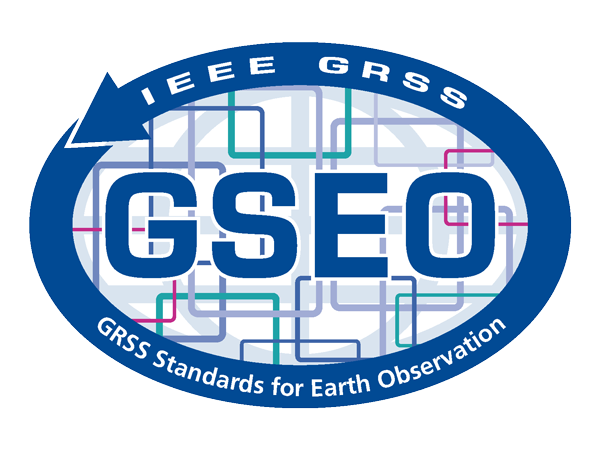

Standards for Earth Observations
About Standards for Earth Observations Mission Standards activities provide a proven path to advancing technology implementation and are a natural extension to the technical activities carried out within IEEE Societies
